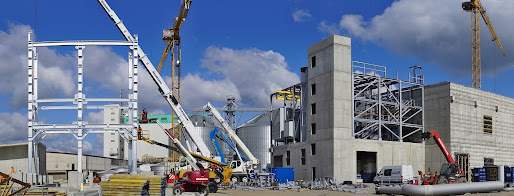9 Tips to Improve Construction Site Inspection Checklists

If you have a construction site inspection procedure in place, but you think it has some flaws, it may be the time to closely observe your Construction Site Inspection Checklists. It’s quite common for an inspection checklist to lose pertinence and the benefits it offers with time. So, why does this happen? Remember that only when you continue to modify your checklists according to your ongoing concerns and problems, your checklist remains an effective tool for defect prevention. Improving Your Inspection Checklist for the Construction Site Whether you want to create new construction site inspection checklists or you want to enhance your existing ones, the tips below will aid you in getting closer to first-time quality. 1. Conducting Preparatory Meetings: Prior to the start of the new phase of any given project, conduct meetings with every subcontractor, who will be working on the project. Consider this as your chance to define expectations related to quality, review job specificatio


